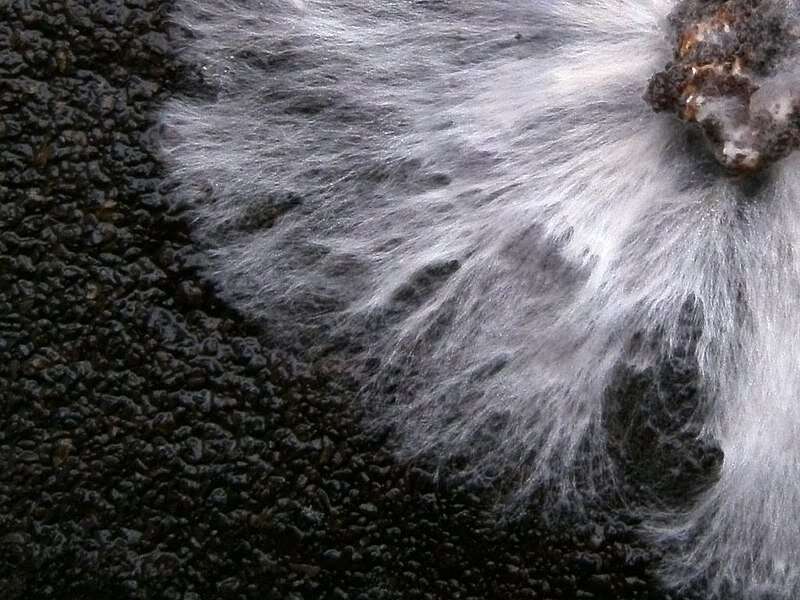April 26, 2023 report
This article has been reviewed according to Science X's editorial process and policies. Editors have highlighted the following attributes while ensuring the content's credibility:
fact-checked
peer-reviewed publication
trusted source
proofread
Using mycelium to create a self-healing wearable leather-like material

A pair of biotechnologists at Newcastle University, working with a colleague from Northumbria University, all in the U.K., have developed a way to use mycelium to create a self-healing wearable material. In their paper published in the journal Advanced Functional Materials, Elise Elsacker, Martyn Dade-Robertson and Meng Zhang, describe their process and how well it worked when tested.
Mycelium is a thread-like structure produced by some types of fungus. Prior research has shown that fungal colonies can arise with intertwining branching mycelium, resulting in the growth of large, matted structures. Such structures are typically found in the ground. Prior research has also shown that mycelium mats can be treated to produce a material known as mycelium leather, due to its resemblance to cow hide leather.
But as the research trio note, such treatments tend to kill chlamydospores—little nodules that allow the material to spring back to life given the right circumstances. After examining samples and the leathering process, they considered the possibility of changing things a bit to prevent killing the chlamydospores, which could allow the material to self-heal when put into a conducive environment.
The researchers grew their own batch of mycelium by adding active chlamydospores to a watery batch of carbohydrates, proteins and other nutrients. They then allowed enough time to pass for a thick skin to form on the liquid. The team then pulled the skin off the liquid and laid it out to dry. As it dried, they applied a mix of temperatures and chemicals that allowed the material to become leather-like without killing the embedded chlamydospores.
Testing of the resulting material showed it to be similar to other mycelium leathers in looks and characteristics. To find out if it could heal itself, the group punched holes in it and then placed it in a vat filled with the same liquid bath that had been used in its creation. Then they laid it out to dry, and as it did so, they noted that over time, the revived chlamydospores filled in the holes. Testing showed that the newly restored material was just as strong as an undamaged control sample, though they noted that it was still possible to see where the holes had been.
More information: Elise Elsacker et al, Fungal Engineered Living Materials: The Viability of Pure Mycelium Materials with Self‐Healing Functionalities, Advanced Functional Materials (2023). DOI: 10.1002/adfm.202301875
Journal information: Advanced Functional Materials
© 2023 Science X Network





















